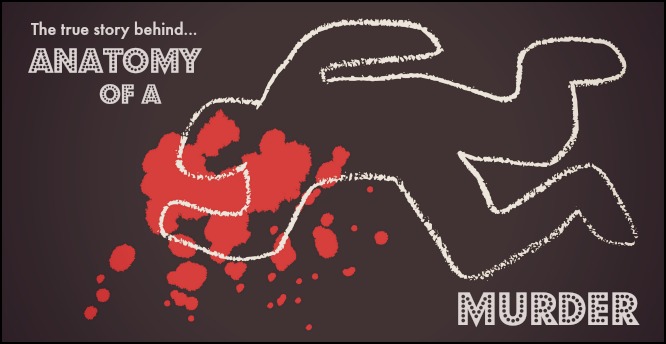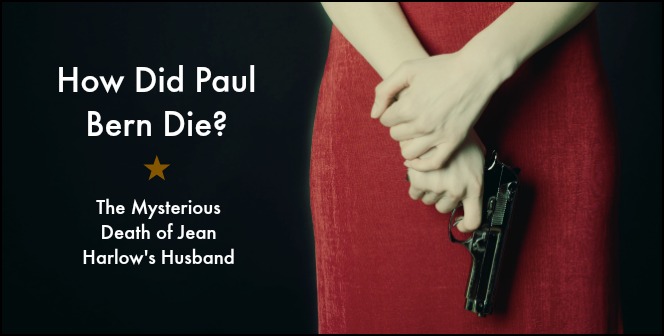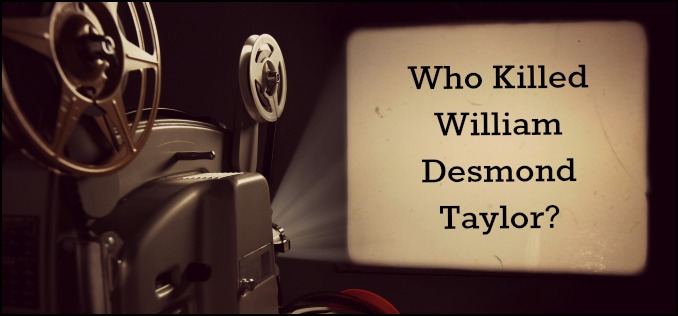
The film Anatomy of a Murder is a classic of 1950s noir movie making, telling the story of a young woman who claims she was raped by the town playboy. Her husband, in a fit of rage, kills his wife’s attacker and stands trial for first-degree murder. It’s up to the husband’s attorney to create a defense that will set his client free…an almost-impossible task given that several witnesses saw the defendant shoot his victim in cold blood.
The movie is based on a novel by attorney John Voelker (who wrote it under the pen name “Robert Traver”). The book itself is based on an actual case in which Voelker secured an acquittal for his client, Coleman Peterson, who shot tavern owner Mike Chenoweth after Peterson’s wife accused the latter man of rape in the sleepy town of Big Bay, in Michigan’s Upper Peninsula, in July 1952.
Peterson was a first lieutenant in the United States Army who had come to Big Bay in June 1952 with his wife, Charlotte, after being assigned to an anti-aircraft artillery range in the area. Peterson didn’t know many of his fellow soldiers, having just returned from service in Korea, so he and his wife socialized with their civilian neighbors. The Lumberjack Tavern, owned by Chenoweth, a former state policeman, was a hot spot for residents who lacked other entertainment options during their off hours. Coleman and Charlotte Peterson stopped at the Lumberjack for occasional drinks and got to know Chenoweth on a casual basis.
Chenoweth, despite his background as a cop, was something of a “dirty dog” who had a reputation as a womanizer and who, according to a member of the jury that would eventually acquit Peterson, had raped other women prior to his fateful encounter with Charlotte. (Chenoweth never stood trial for any of these alleged assaults.) Though Chenoweth was arrogant and disrespectful, his bar was a popular place, enjoying a steady stream of customers looking to chase their cares away with a pint or two.
That all changed in the early morning hours of July 31, 1952. According to testimony Charlotte gave during Peterson’s murder trial, she had spent the evening at the Lumberjack, playing shuffleboard and drinking. When she returned around 11:45 p.m. on July 30 to the trailer she shared with her husband, she was hysterical and crying. Charlotte told Peterson that Chenoweth had offered to drive her home. However, instead of taking Charlotte back to the trailer, she said, Chenoweth had driven her into the woods, where he had beaten and sexually assaulted her.
(It should be noted that some students of the case question Charlotte’s story, citing the fact that Peterson was known to have a quick temper, and that Charlotte may have concocted the tale to cover up a consensual sexual encounter with Chenoweth, or out of fear of her husband’s wrath upon her return home so late in the evening. A subsequent medical test could not confirm whether she had been assaulted. However, regardless of what happened between Chenoweth and Charlotte, Peterson’s response to it became the ultimate issue of debate, as he believed Chenoweth had engaged in some sort of sexual contact with his wife that night.)
Enraged about the story his wife told him, Peterson grabbed a loaded nine-millimeter Luger and sped toward the Lumberjack. The lieutenant later claimed that, when he left for the tavern, he had no intention of killing Chenoweth; he said he had brought along the gun simply for protection, as he knew Chenoweth kept firearms in the bar. However, when Peterson arrived at the Lumberjack shortly after midnight on July 31, he stepped inside, saw Chenoweth behind the counter, strode toward him, and emptied his gun into the barkeep. Peterson then turned around, drove back home, and eventually surrendered to the caretaker at his trailer park, who happened to be a police deputy.
Faced with a charge of first-degree murder, Peterson retained attorney Voelker, who prepared a novel defense. Voelker advised Peterson to plead not guilty because of temporary insanity, and placed on the witness stand a psychiatrist, Dr. Thomas Petty, who stated that Peterson’s act could be considered an “irresistible impulse” resulting from his wife’s allegations of sexual assault. Petty testified that the anger Peterson felt upon learning of his wife’s alleged encounter with Chenoweth could have created a frame of mind that left Peterson unable to distinguish right from wrong. A man in a situation similar to Peterson’s, Petty said, would deal with the tension by dissociating himself and entering a “trance-like state or spell” during which he would be temporarily insane and unaccountable for his actions. Because Peterson had been unable to distinguish right from wrong, the defense argued, he could not be convicted of the crime with which he was charged.
The prosecution countered with the argument that Peterson had killed Chenoweth in a fit of jealousy or revenge. However, the jury rejected that claim and returned from its deliberations with a verdict of not guilty by reason of insanity. Psychiatrists subsequently examined Peterson and determined that he was no longer insane, which meant he did not require institutionalization. Now a free man, Peterson returned to the trailer he shared with Charlotte and, in a move that was ungracious to say the least, skipped town without paying the attorney who had saved him from a murder rap.
However, Voelker made lemonade out of the lemons his client handed him, using the case as the basis for Anatomy of a Murder. Though the novel presents a fictionalized version of the Peterson trial, most of the main players in the “real-life” case have counterparts in the book. In 1959, director Otto Preminger brought to screen the critically acclaimied movie version, which featured Ben Gazzara as “Frederick Manion” (the fictional version of Peterson), Lee Remick as his wife “Laura,” and Jimmy Stewart in the Voelker-esque role of defense attorney “Paul Biegler.” Preminger filmed the movie on location in Big Bay, as well as in other Upper Peninsula communities. Several sites related to both the movie and the crime still exist and are open to tourists, who can visit Perkins Park (where the Petersons lived in their trailer) or gaze upon the bullet holes that still pockmark the Lumberjack’s walls and ponder their connection to a case that made legal—and cinematic—history.


